1. Tomatoes
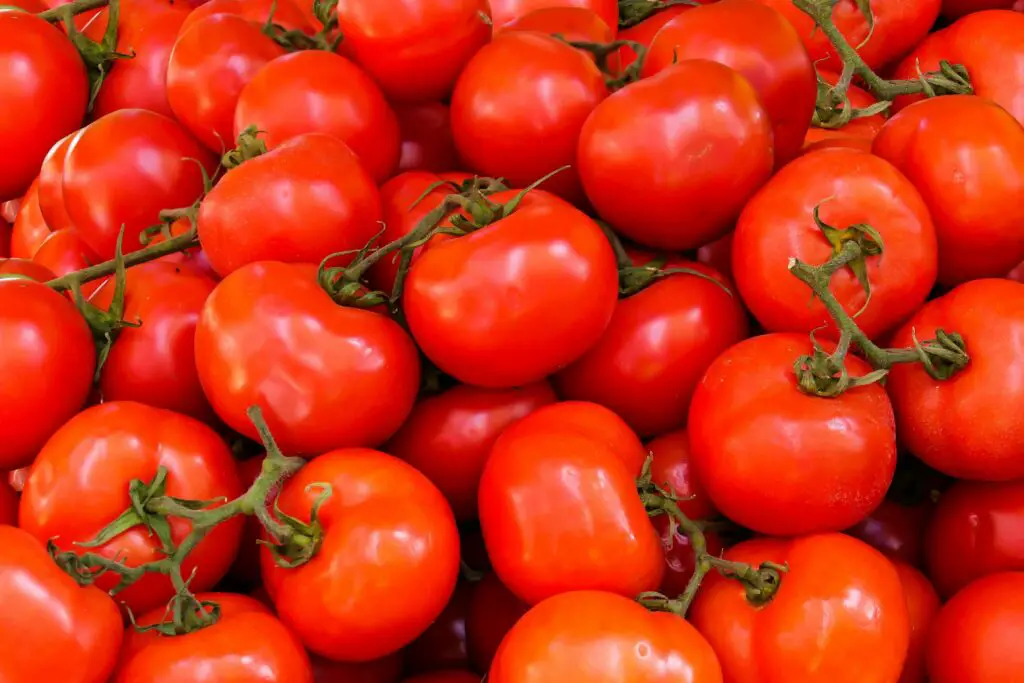
It’s hard to imagine Italian food without tomatoes, but these juicy red fruits didn’t even exist in Europe until the 1500s. Native to South America, tomatoes were brought back by Spanish explorers and were initially thought to be poisonous by many Europeans shares Smithsonian Magazine.
Once people got over their fear, tomatoes slowly started showing up in dishes across the continent. They eventually became a staple in everything from pasta sauces to pizza, reshaping Mediterranean cuisine entirely. Now they’re at the heart of dishes like shakshuka in North Africa and ketchup-covered fries in the U.S. Who would’ve guessed something once treated with suspicion would become so beloved? Thank goodness curiosity won out over fear says Wikipedia.
2. Chili Peppers
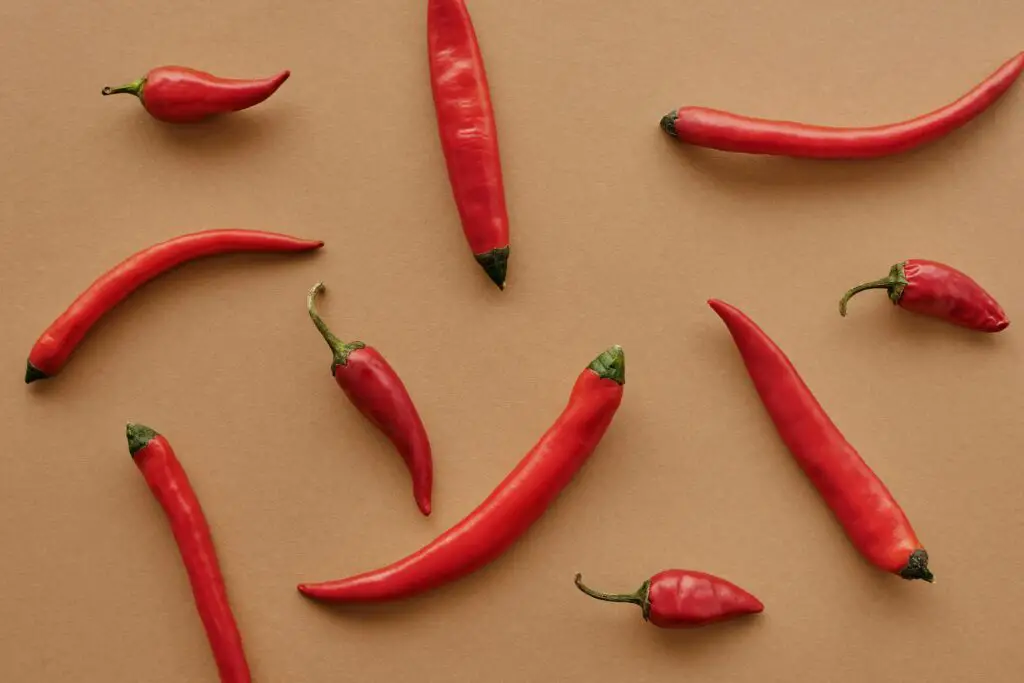
Spicy food lovers can thank the Americas for chili peppers. Before Columbus stumbled across them, the Old World had never tasted heat like this. After they made their way to Europe and Asia, chili peppers were adopted enthusiastically, especially in places like India, China, and Thailand shares the Splendid Table.
Today they’re essential to dishes like vindaloo, Sichuan hot pot, and Thai green curry. It’s wild to think these cuisines used to be much milder. Peppers transformed flavor profiles and even influenced food preservation. It’s amazing how something so small can light up a whole continent’s menu says Reddit.
3. Potatoes
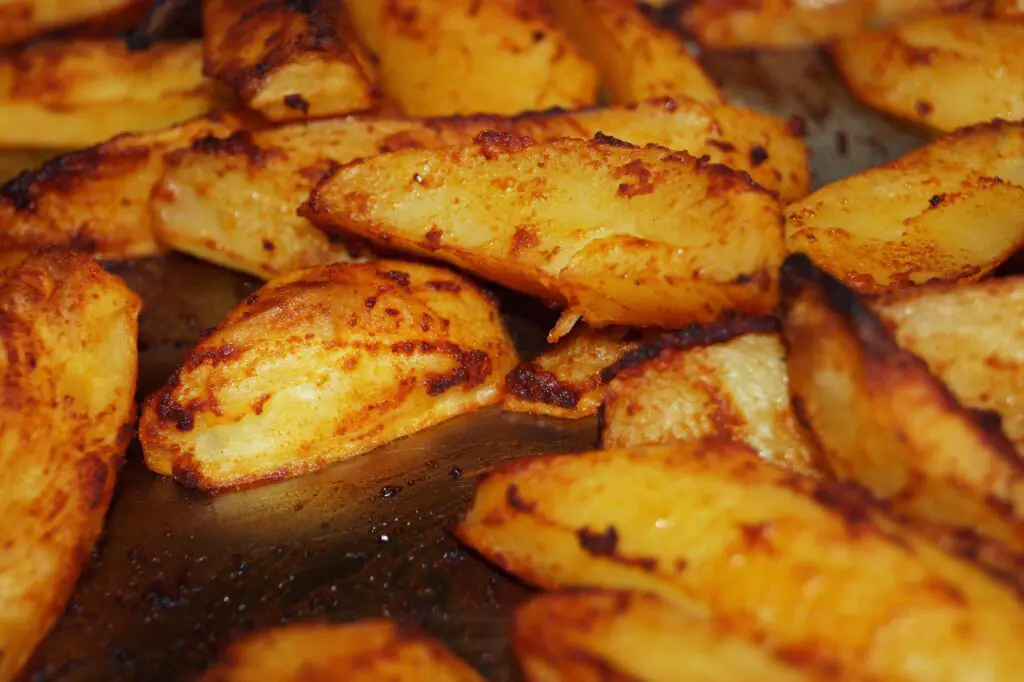
The humble potato is another South American native that ended up feeding the world. When it first arrived in Europe, it didn’t get the warmest welcome—some folks thought it looked too strange to eat.
But eventually, the potato became a lifeline, especially in places like Ireland where it became a staple food. It’s now essential in everything from Indian aloo gobi to Peruvian causa and American mashed potatoes. Its versatility is unmatched—fried, baked, boiled, or mashed, it fits in just about anywhere. It even changed farming and economies. Not bad for a root vegetable that once raised eyebrows.
4. Vanilla

Vanilla is one of those flavors that’s become synonymous with desserts, but it started as a luxury only the elite could afford. Indigenous people in Mexico were the first to use it, often paired with chocolate in ceremonial drinks.
Europeans fell in love with the flavor, but for a long time, vanilla plants wouldn’t produce outside of Mexico. That changed with the discovery of hand-pollination techniques, and suddenly vanilla could be cultivated in places like Madagascar. That little breakthrough opened the floodgates. Now it’s a worldwide favorite, and not just in sweets—you’ll find it in perfumes and even some savory sauces. Amazing how a little orchid pod shook up the culinary world.
5. Soy Sauce
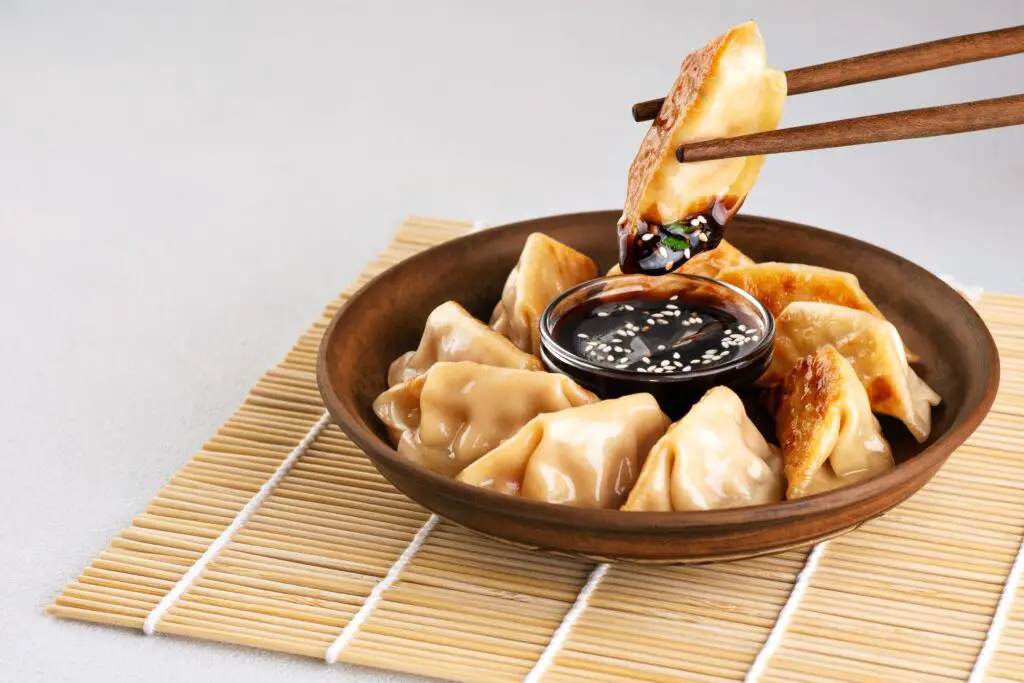
Fermented and salty, soy sauce has been enhancing flavor in Asian cuisine for thousands of years. But once it crossed borders, it didn’t stay confined to one continent.
Today, it’s a pantry staple in kitchens across the globe. Western chefs use it to deepen flavors in everything from marinades to stews. It’s even found its way into trendy cocktails and dessert glazes. That umami punch is irresistible. What started in ancient China is now bottled in fridges from Tokyo to Toronto.
6. Garlic
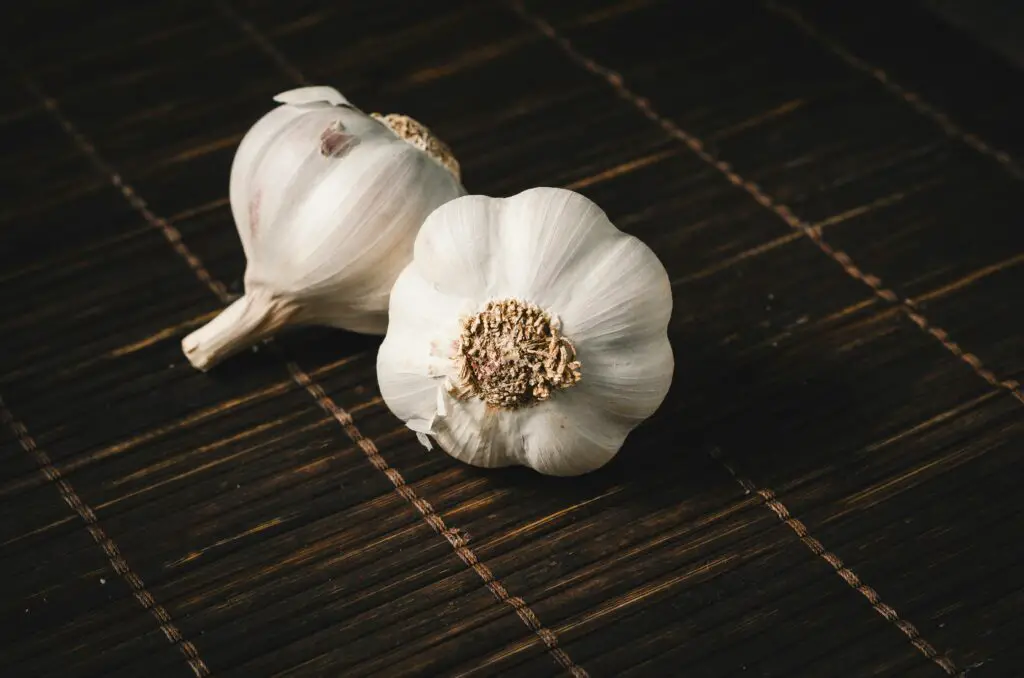
Garlic’s bold personality has made it both loved and hated throughout history. Ancient cultures used it for medicine, spiritual rituals, and of course, cooking.
When it comes to flavor, few ingredients deliver as much punch with as little effort. It’s hard to think of a savory dish that isn’t better with garlic. From French aioli to Korean kimchi, it bridges cultures and adds warmth. Even those who claim to dislike it often eat it without realizing. Once garlic became global, there was no turning back. It’s the ultimate behind-the-scenes flavor booster.
7. Cocoa
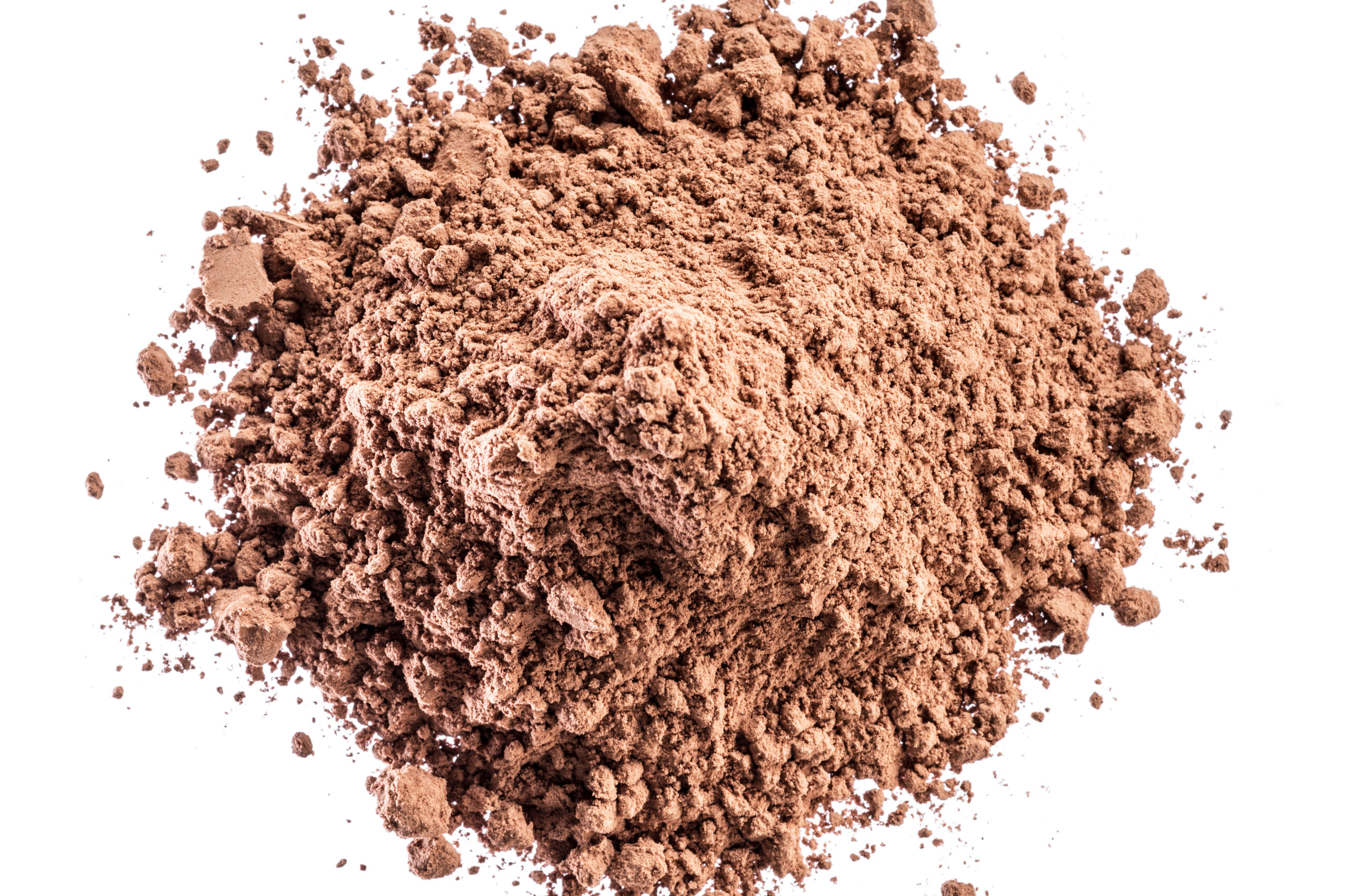
Chocolate’s origin story starts with the ancient Mesoamericans, who prized cocoa beans so highly they were used as currency. But their version of chocolate wasn’t the sweet treat we know today—it was bitter, spiced, and served as a drink.
Europe took cocoa and added sugar, giving birth to an obsession that swept the world. Over time, chocolate evolved into bars, truffles, and pastries. Now it’s hard to imagine Valentine’s Day or a birthday without it. It’s also found in unexpected places, like savory mole sauces in Mexico. One tiny bean turned into a global symbol of indulgence.
8. Coconut
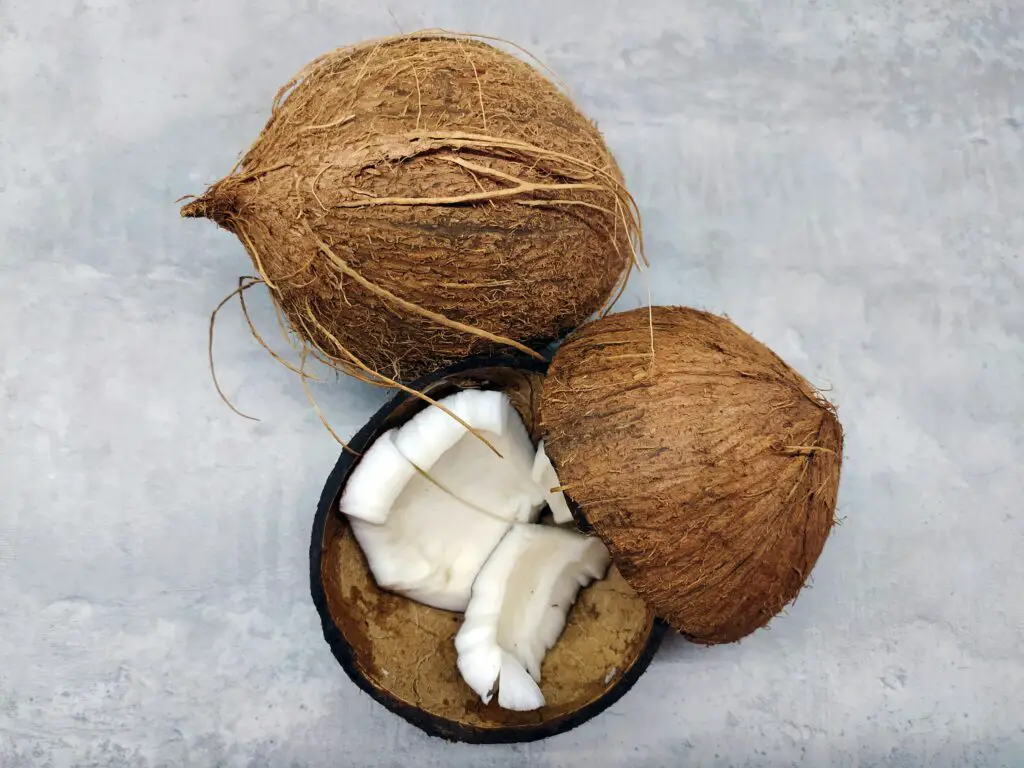
Coconut isn’t just a flavor—it’s a whole lifestyle in some parts of the world. Found in tropical regions, its water, milk, oil, and meat are all used in countless ways.
When it started popping up in Western cuisine, it brought with it the richness of Southeast Asian and Caribbean cooking. Coconut milk transformed curries and stews. Coconut oil became a health trend, while shredded coconut found a home in cakes and cookies. It’s versatile, tasty, and has that subtle sweetness that pairs well with both savory and sweet. This one fruit really does it all.
9. Corn
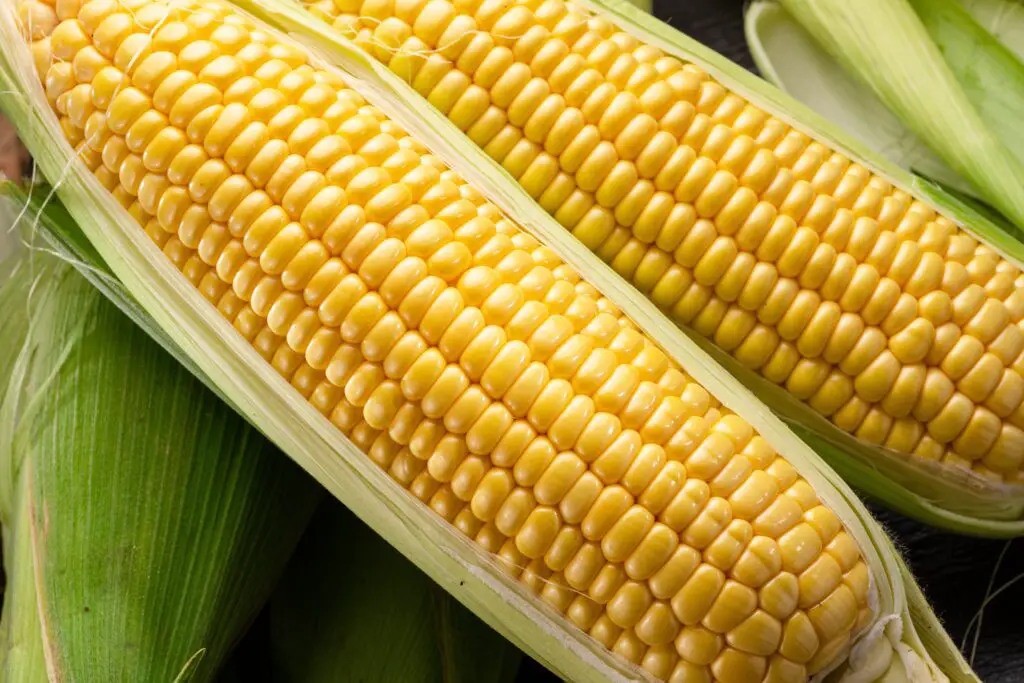
Corn was another gift from the Americas that ended up nourishing the world. Indigenous tribes cultivated it in dozens of forms, from popcorn to hominy.
After crossing the Atlantic, corn became a staple in Africa and Europe. It now shows up in everything from Italian polenta to South African pap. Even processed foods and drinks rely on corn syrup. While it gets some side-eye in health circles, there’s no denying how crucial it’s been to feeding large populations. It’s hearty, adaptable, and quietly everywhere.
10. Cinnamon
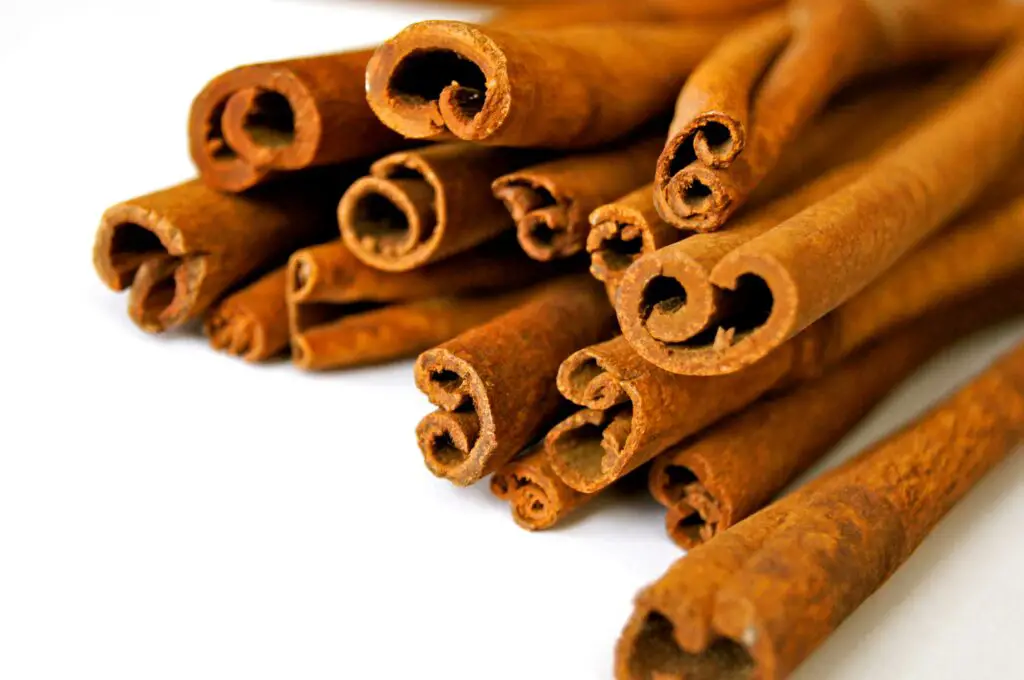
This warm spice once launched empires and wars, which seems wild for something we now sprinkle on toast. Native to Sri Lanka, cinnamon was so prized that it was hoarded, traded, and fiercely protected.
Now it’s a cozy kitchen staple used in everything from apple pie to Moroccan tagines. It’s also medicinal, believed to have anti-inflammatory and blood sugar benefits. Cinnamon adds depth without overpowering. It’s sweet, spicy, and endlessly versatile. Not bad for tree bark.
11. Rice
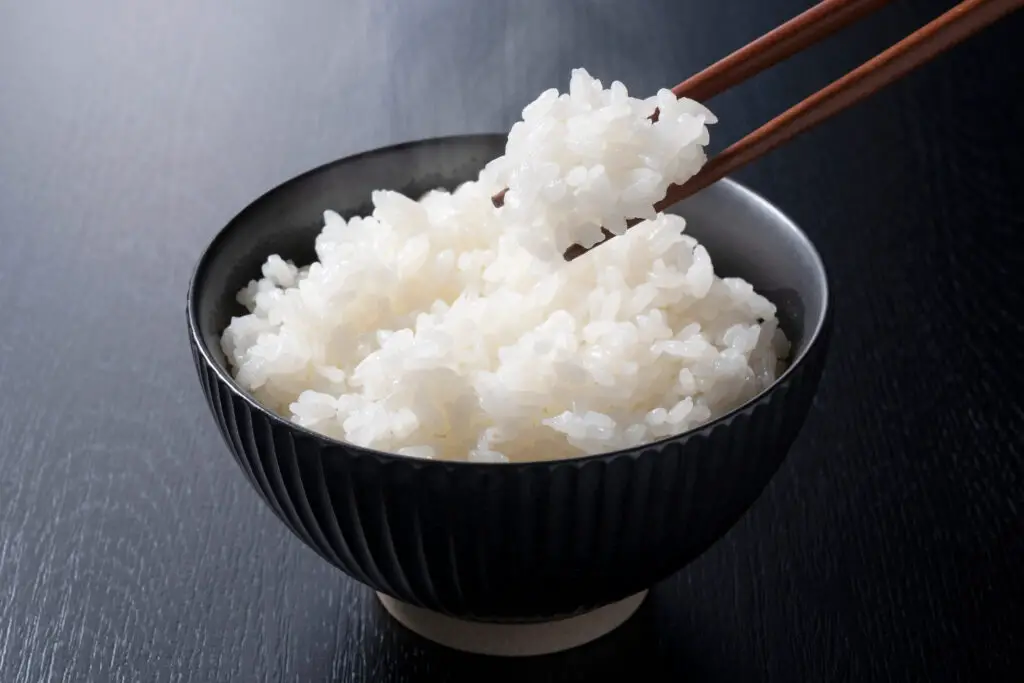
Rice may seem ordinary, but it’s the backbone of many of the world’s greatest dishes. From sushi to paella to biryani, it shows up in wildly different ways across the globe.
Its adaptability is what makes it so special. Sticky, fluffy, crispy, or creamy, rice takes on whatever role it’s given. It feeds billions of people and is often at the heart of cultural rituals and traditions. And let’s be honest, it’s the ultimate comfort food. Sometimes the most unassuming ingredients have the biggest impact.
12. Lemons

Bright and tangy, lemons have the power to wake up a dish like few other ingredients can. Originally from Asia, they made their way to the Mediterranean, where they became a staple in both sweet and savory cooking.
Their juice, zest, and even preserved rinds are used in global cuisines. From Middle Eastern tabbouleh to lemony Greek avgolemono soup, they add zing and balance. Lemons also pop up in desserts, cleaning products, and cocktails. They’re deceptively powerful for their size. A little squeeze can change everything.
13. Turmeric

Turmeric’s brilliant yellow hue and earthy taste make it stand out in any dish. Used for centuries in Indian and Southeast Asian cooking, it also has deep roots in traditional medicine.
Recently, it’s gone global thanks to its supposed anti-inflammatory benefits. Suddenly, it’s in golden lattes, smoothies, and trendy wellness shots. But at its core, turmeric is still about flavor. It gives depth to curries and vibrance to rice dishes. One spoonful can transport you halfway across the world.
